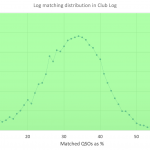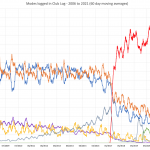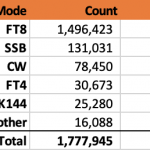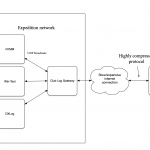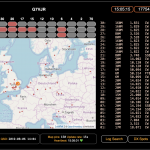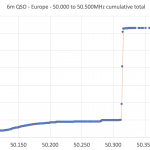Predicting QSOs to 2025 using AI
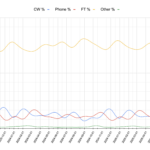
It’s been a while since I conducted an analysis of the modes on the air (such as in 2021). One of the reasons is that it’s quite laborious to do the analysis, and I haven’t really expected to be able … Continue reading
